SOS from Hokersar Wetland
The Hokersar wetland is dying silently
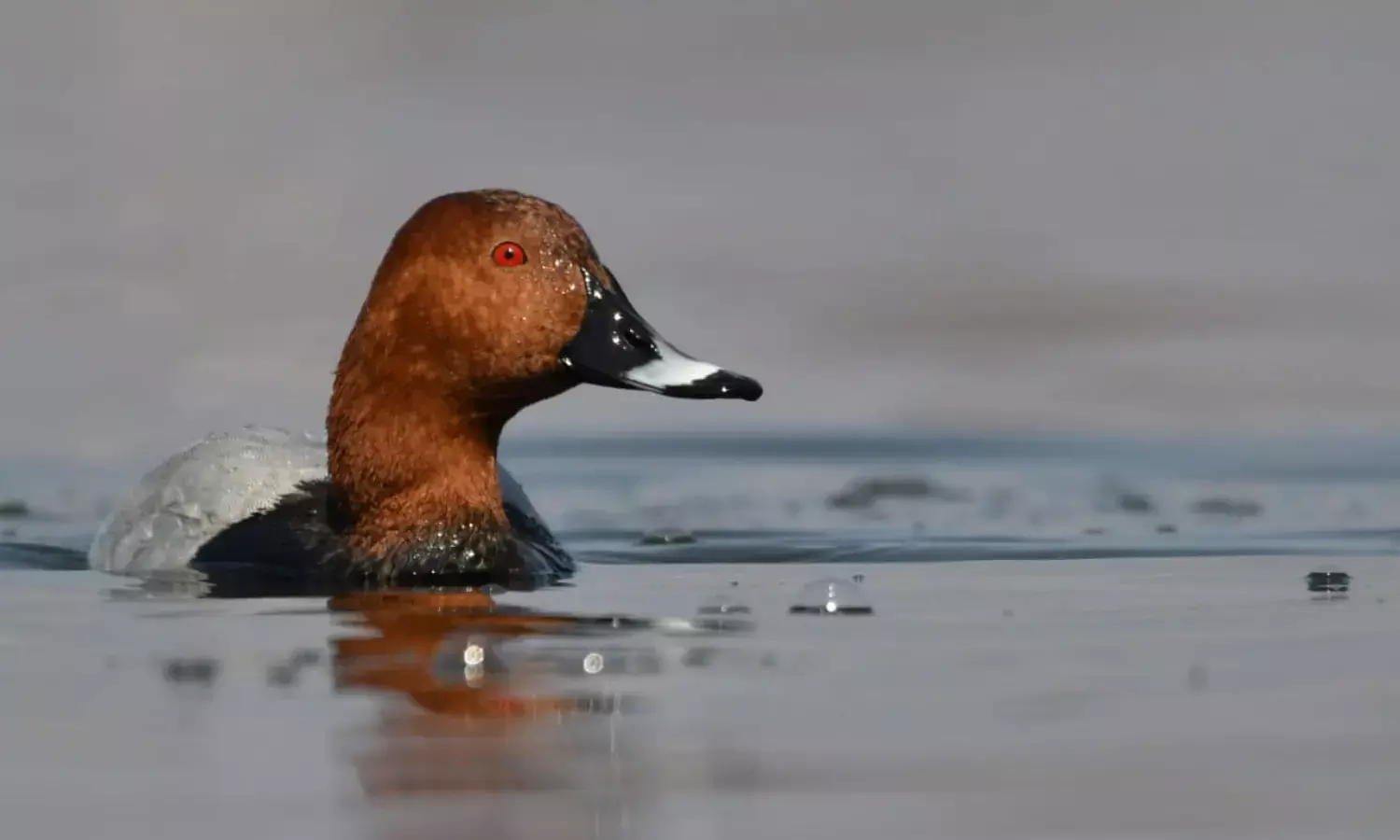
Two years ago, Abdul Majeed, 38, left every day at 6AM, towards Hokersar wetland to fish and earn his livelihood. However, he is not a fisherman anymore, and now runs a small shop in his neighbourhood. “Once, I used to sell 10-15 kg fish in the market everyday. My family was sound financially. I wanted to send my children to a good private school, but since Hokersar wetland turned dry, my dreams have been shattered,” said Majeed. The family’s finances are going from bad to worse.
Just ten kilometers away from Srinagar city, the Hokersar wetland, a refuge of thousands of migratory birds, is now dying silently. “For the last three years, the wetland has been pushed to the brink of extinction due lack of manpower by the concerned department,” said Ali Mohd, 45, a local.
Known as the ‘queen of wetlands’ in Kashmir, Hokersar was declared as a Conservation Reserve under the Jammu and Kashmir (J&K) Wild protection Act 1978. It was declared as a bird sanctuary under the Indian national wetlands conservation programme. According to official data, the active area of Hokersar has shrunk from 14 square kilometers to less than six square kilometers in the last 10 years.
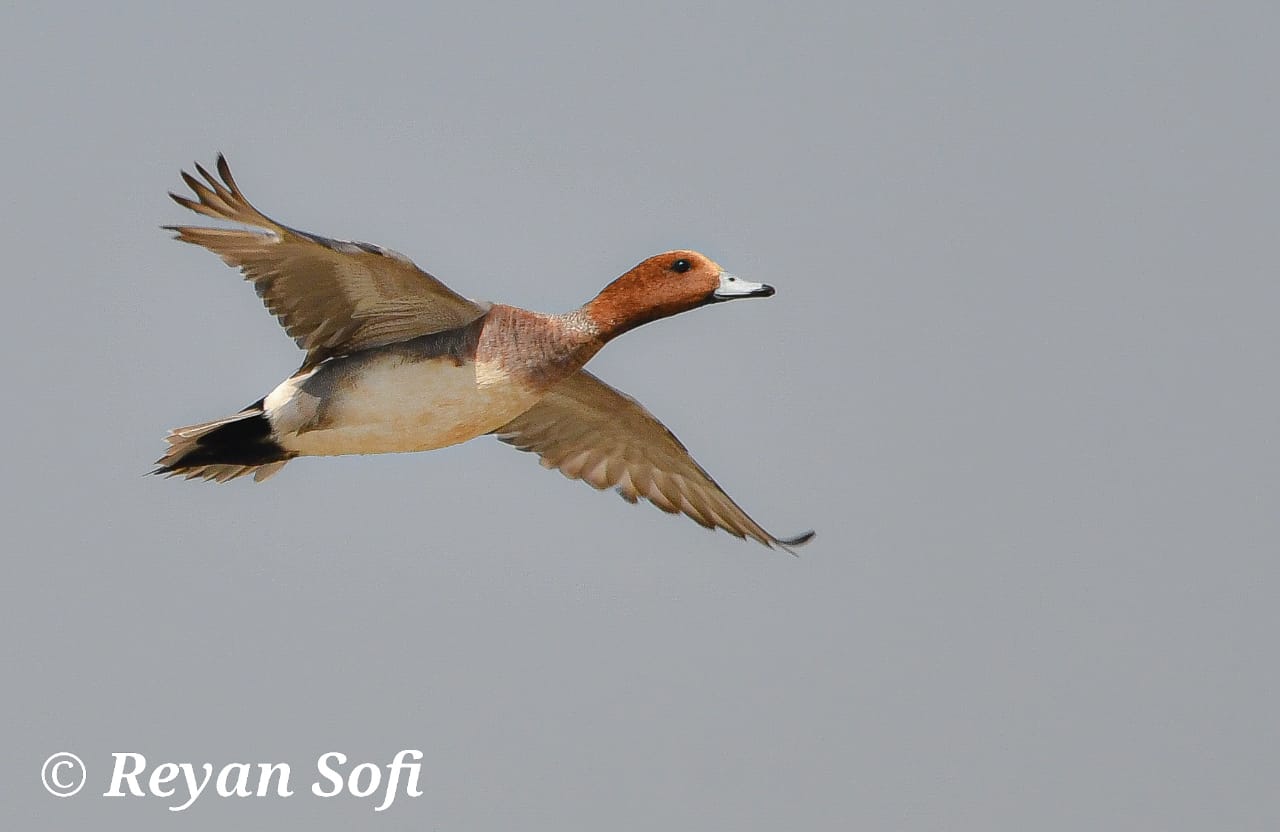
As soon as winter begins in Kashmir, Hokersar attracts millions of migratory birds which come from northern cooler regions and spend the season in this marshy wetland. Birds like Eurasian coots, diving ducks, and egret pintails, thrive in the wetland. However, that too has changed. “The wetland has been ignored since the devastating 2014 floods in Kashmir, and it is now close to devastation,” said Mohammad Yaseen, 27, who lives near the wetland. Yaseen recalled that till seven years ago, the wetland recorded many migratory birds. For the first time in Yaseen’s life, he saw merely 60,000 migratory birds this year. However, Ifshan Dewaan, 37, Kashmir’s wildlife warden (wetlands) told The Citizen that though the number of migratory birds is less, efforts are on to address the issue, “our department is on its toes to increase the number. We are hopeful.”
Locals who live nearby wetland told The Citizen that for the past three years, the flood and irrigation control department has dredged the upper parts of the wetland. “After the devastating floods in 2014, it was necessary to do so. However after the dredging was completed, the silt was not removed. That blocked the main tributary of the wetland and a large chunk dried up,” said Yaseen.
As the Hokesar is shrinking rapidly, people who live around it are taking undue advantage of its dry bed. Some local residents have started illegal constructions there. Some are discharging domestic waste into the wetland. This has led to excessive weed growth, and eutrophication, both of which pose a serious threat to aquatic life of the wetland.
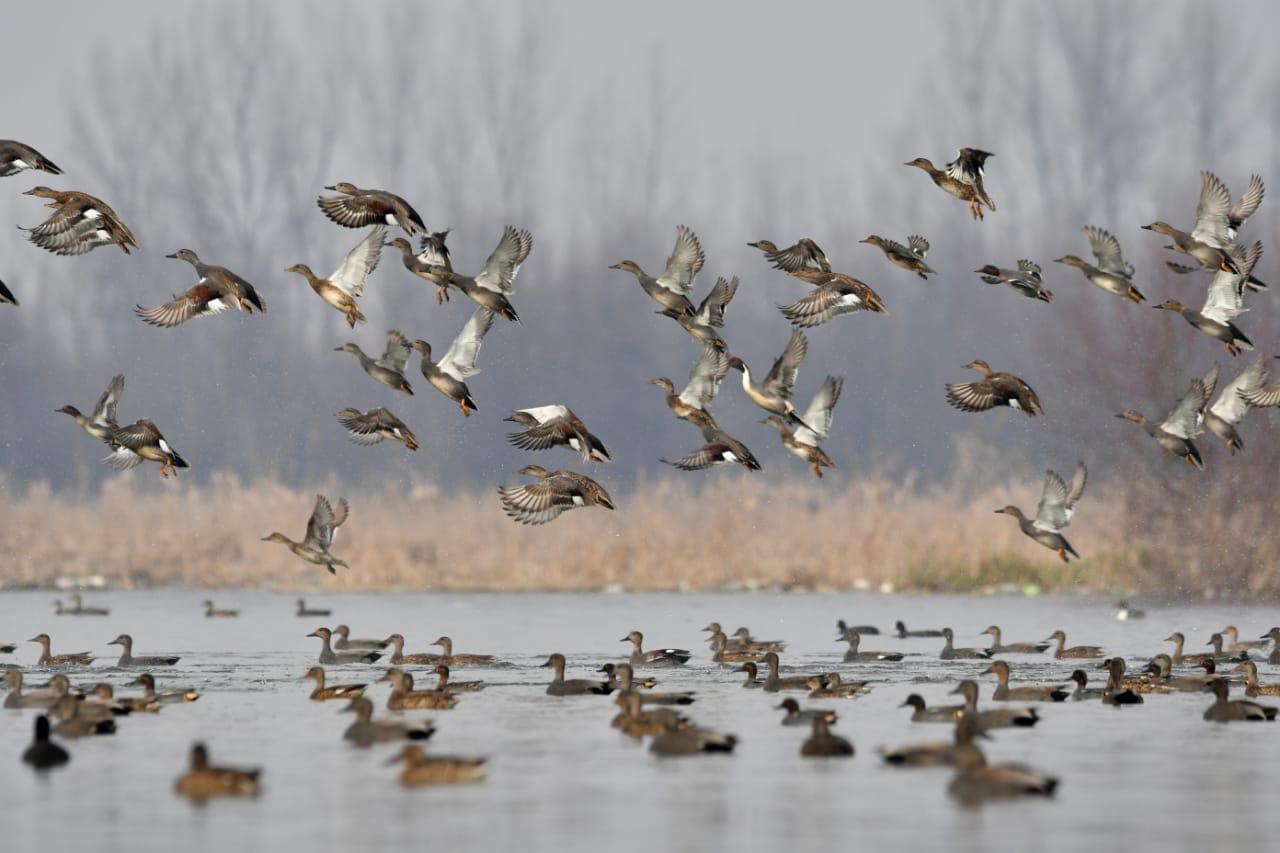
Majeed Ahmad, 34, a resident of Gund hassi Bhat, said, “for the last two years, hospital waste and solid waste was dumped in Hokersar on the Zainakote side. It's toxic for aquatic organisms.”
Wetland officials who wished to remain anonymous told The Citizen that fishe and migratory birds in the Hokersar Wetlands were affected due to the 2014 floods. The floodwaters also deposited silt in the wetland and several varieties of fish and other aquatic organisms vanished from the lake. “No doubt that People are also taking advantage of its dryness, we are trying our best to remove their encroachments,” he said. He said that the department was making pools that will let fresh water in, and this can help save aquatic life of the wetlands. The department is also working to remove solid plastic and other waste from the area.
An official of the Flood control Department added that they will set up special gates at the entry and exit points of Hokersar wetland to regain the water level. To encourage migratory birds to return the department will construct a deep channel in the wetland.
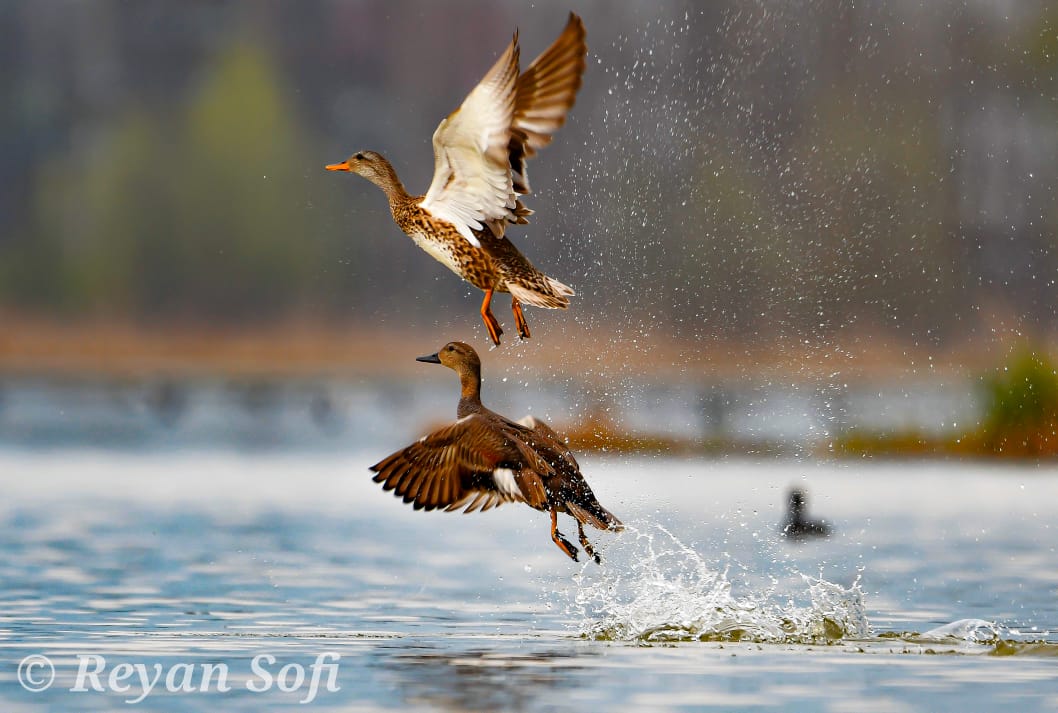
The wetland was known as habitat of different varieties of fish. But now locals claim that not a single fish was seen in the Hokersar. Syed Arbeen, 34, an environmentalist, told The Citizen that the influx of sewage and solid waste from the flood spill channel of Doodh Ganga led to deterioration of the wetland. “The bed of the wetland has been raised by around 12 feet due to heavy influx of silt. There has been a drastic decrease of fish in the wetland, which left countless fishermen jobless,” said Arbeen.
Wetland range officer Sajid Ahmed said that this year the wetland received around three lakh migratory birds. However, Majeed, added that the wetland continues to be used as a garbage dumping site by locals. “Mounds of domestic waste can be seen on the embankments of wetland which are deteriorating its ecosystem,” he said.
Divisional Commissioner of Kashmir Pandurang K Pole, recently visited the Hokersar wetland on the occasion of Wetland Day and underlined that the responsibility also lay with the locals for its protection. Ifshan Deewan a wildlife warden said that the wetland is not fenced in all the areas, and that makes it easy for people to throw their domestic waste and disturb the habitat of aquatic life. “We are going to launch awareness campaigns about its importance. And hope that with the cooperation of people we will protect its ecosystem,” she said.
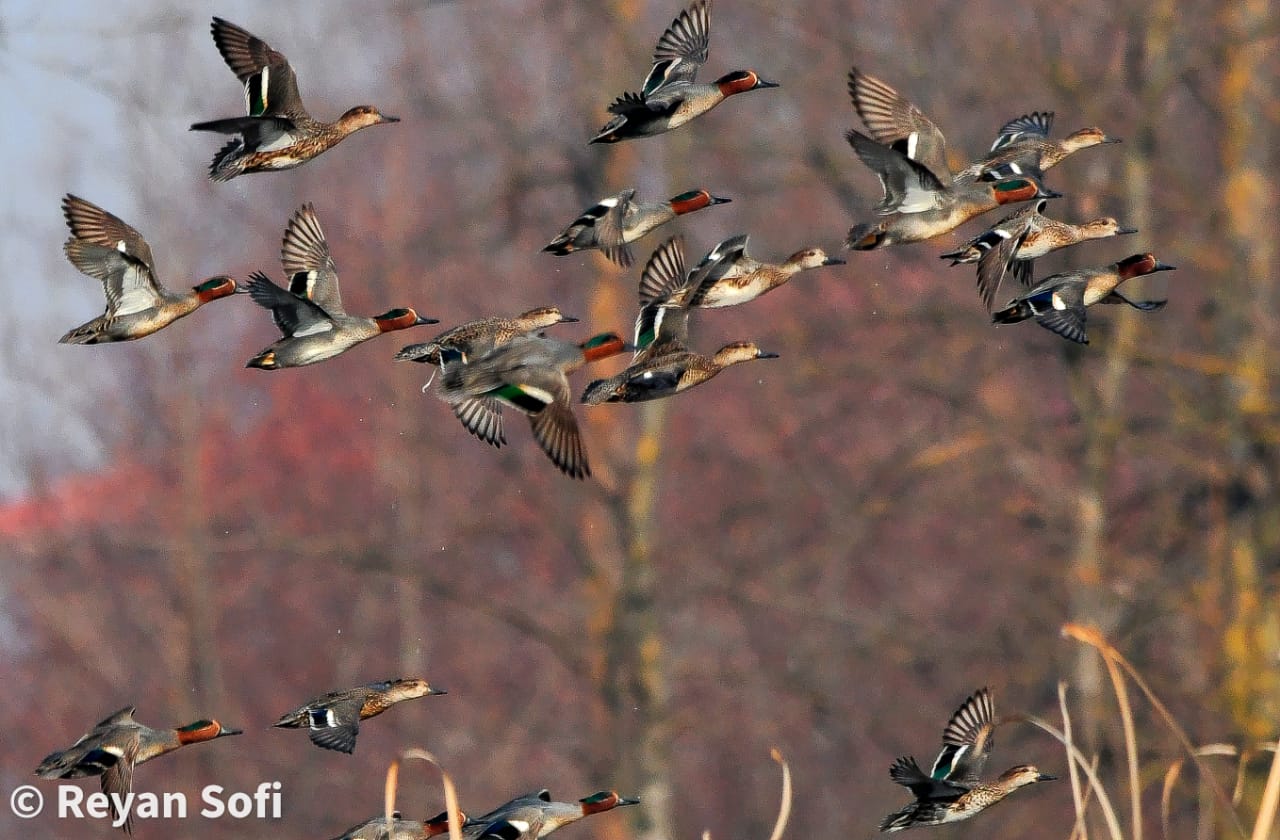
The wetland was spread over an area of 18.75 Square kilometers in 1969. This has shrunk to 12 Square kilometers as of now.
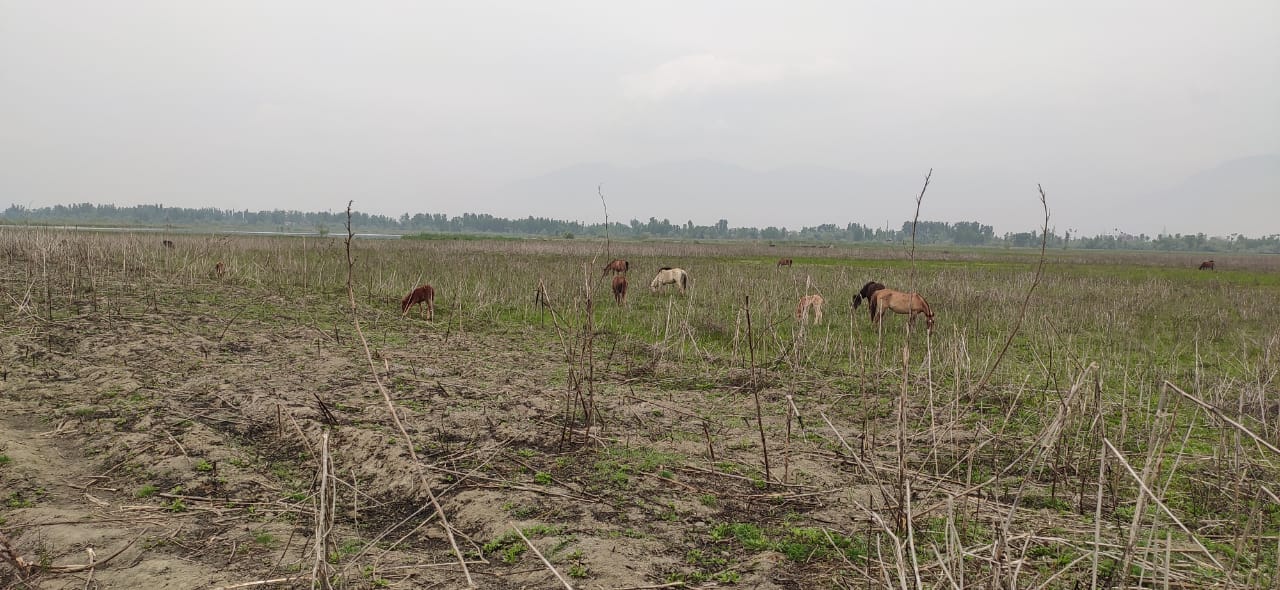
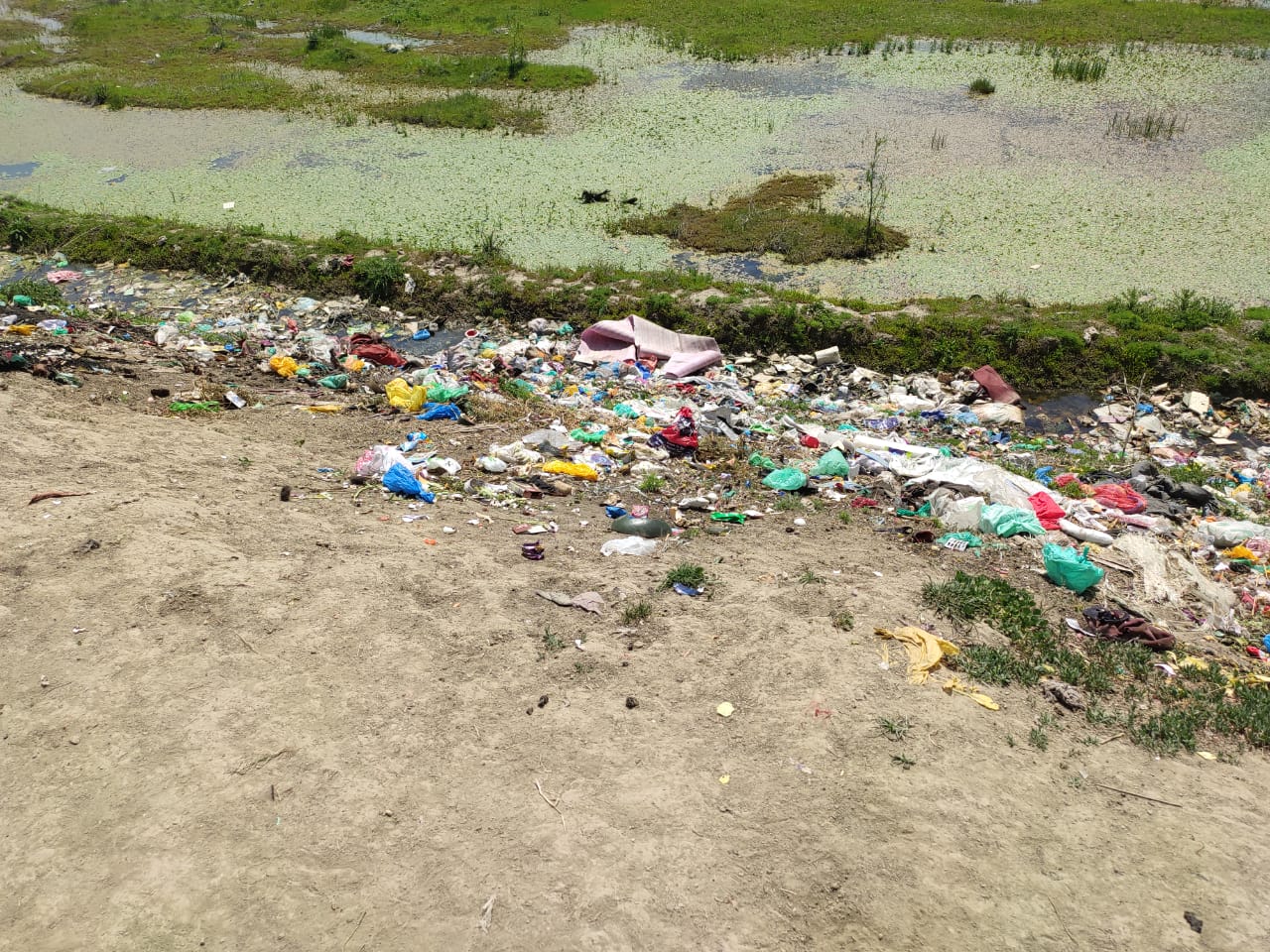
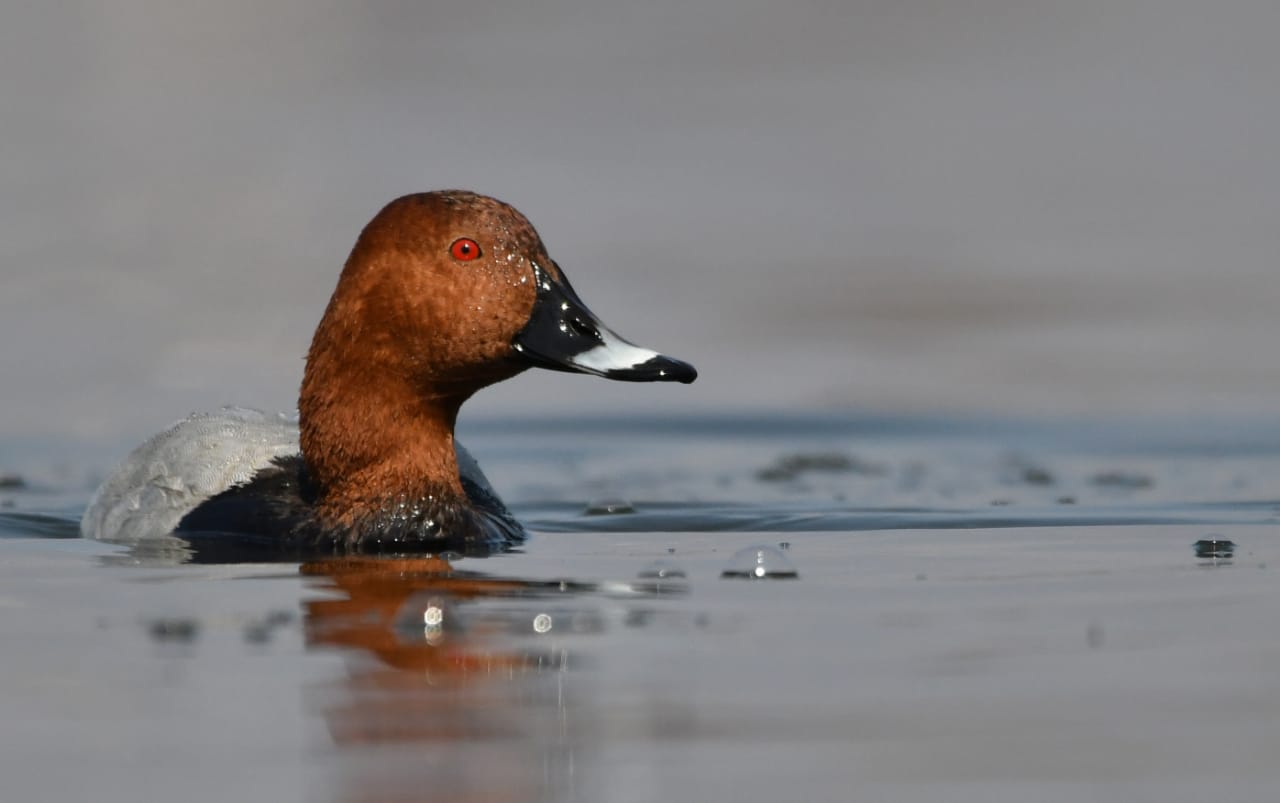
Irshad Hussain is an independent Journalist based in Srinagar, Kashmir.
Photographs by Reyaan Sofi



